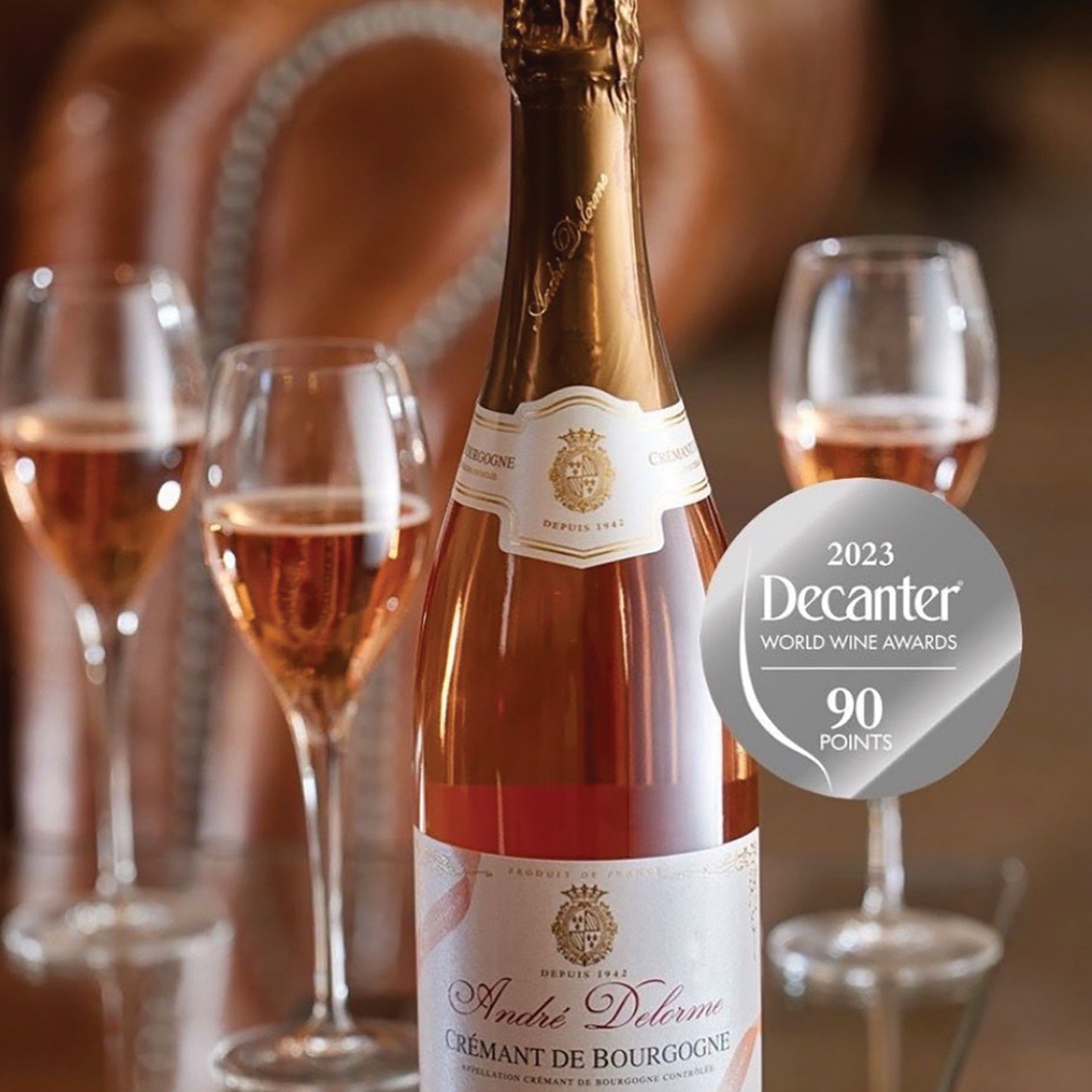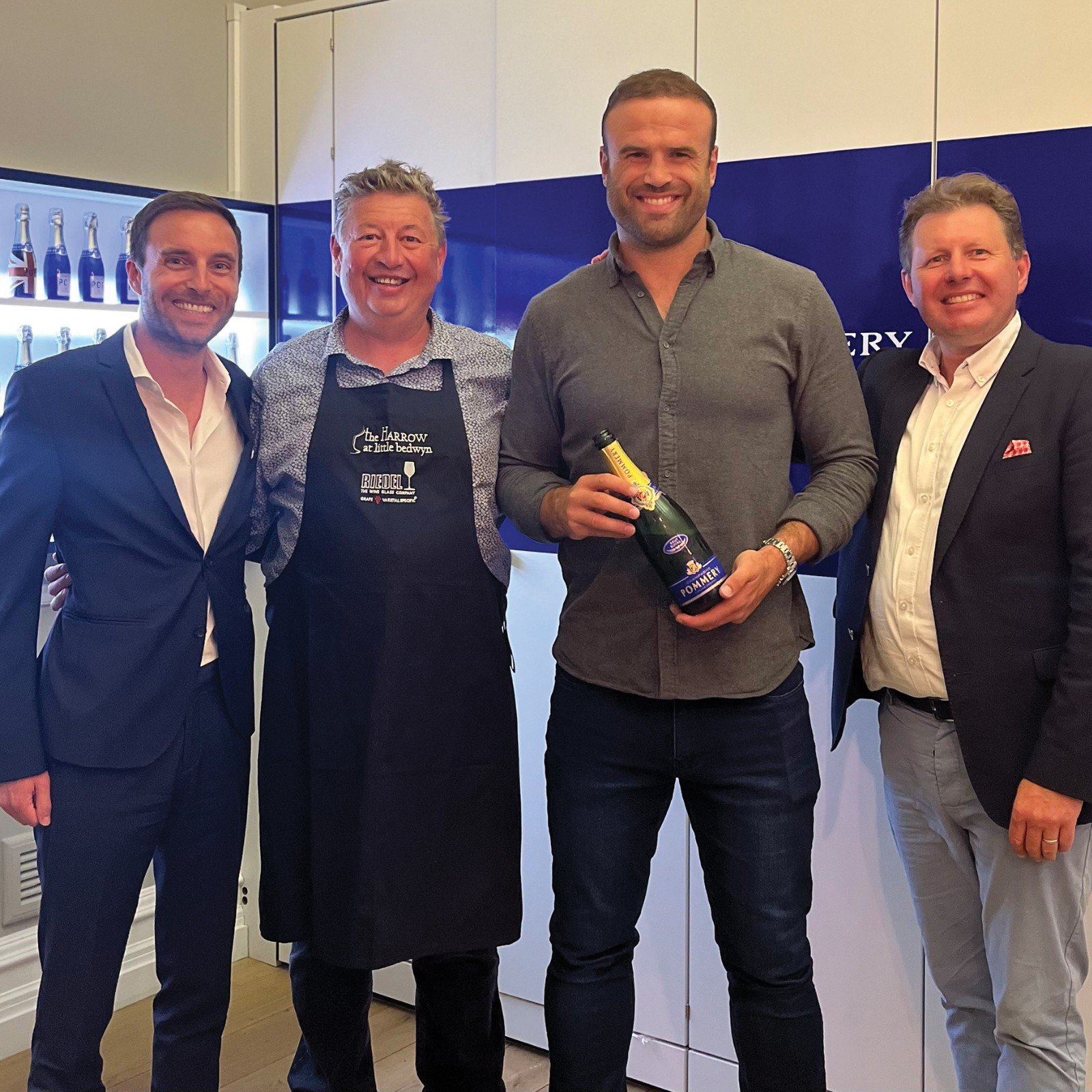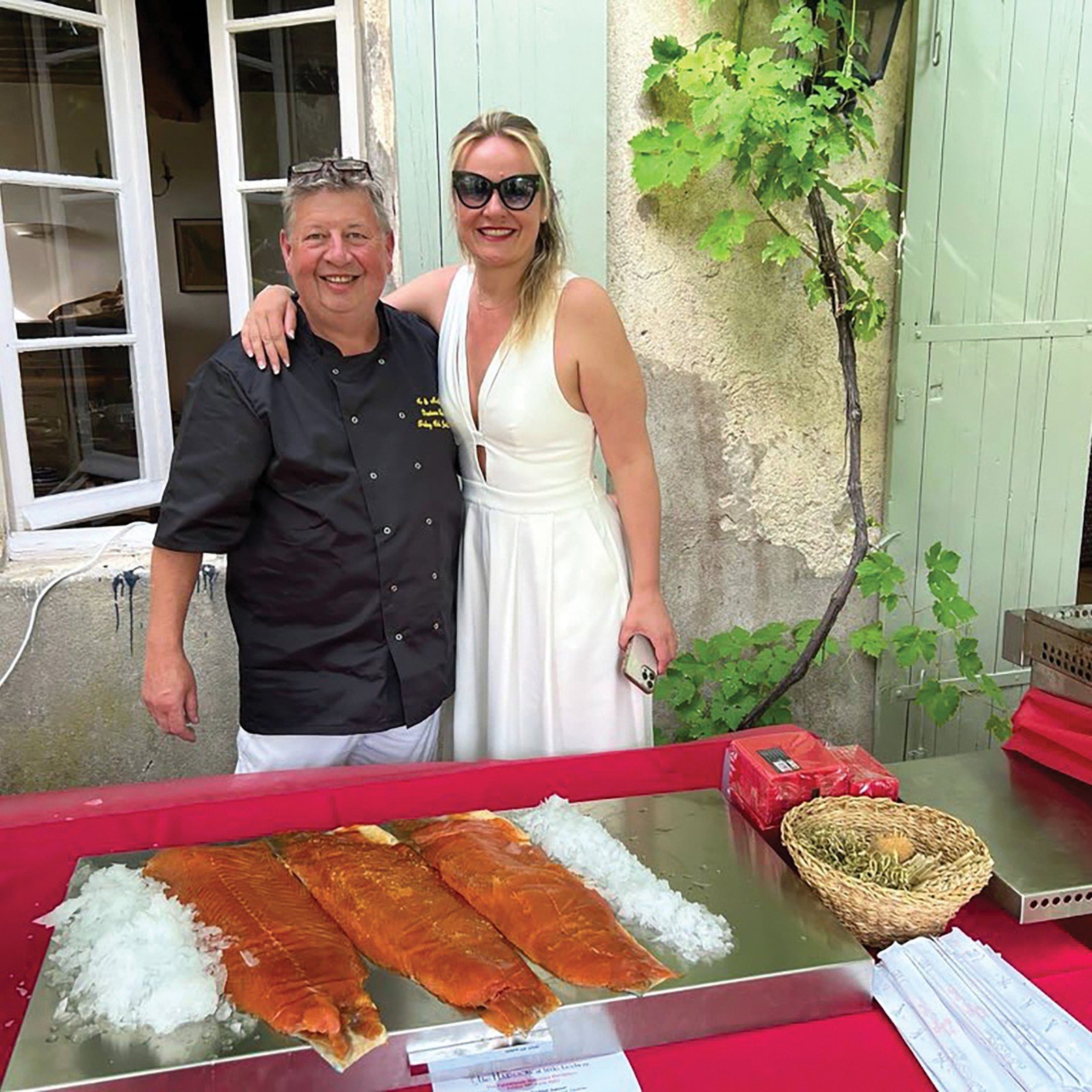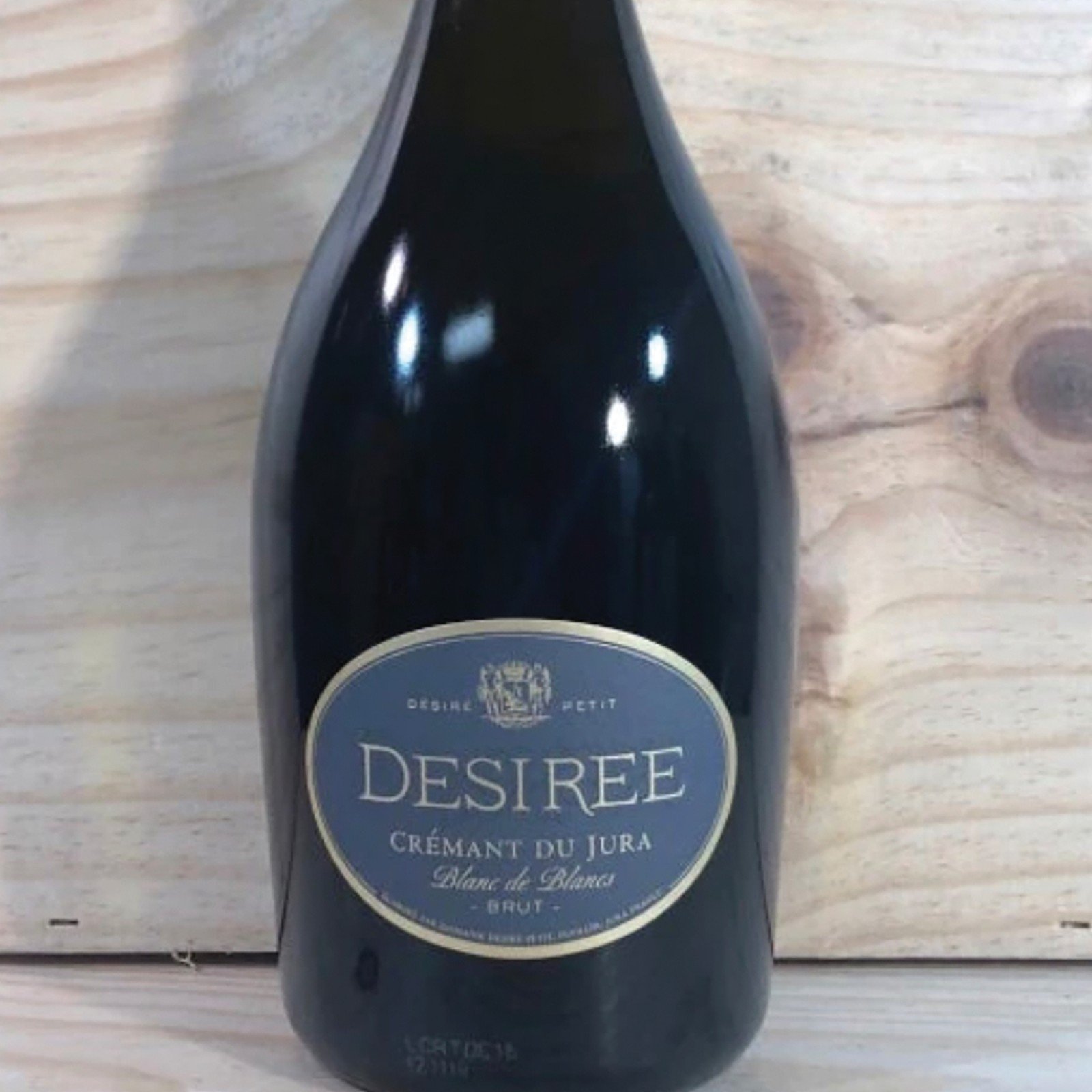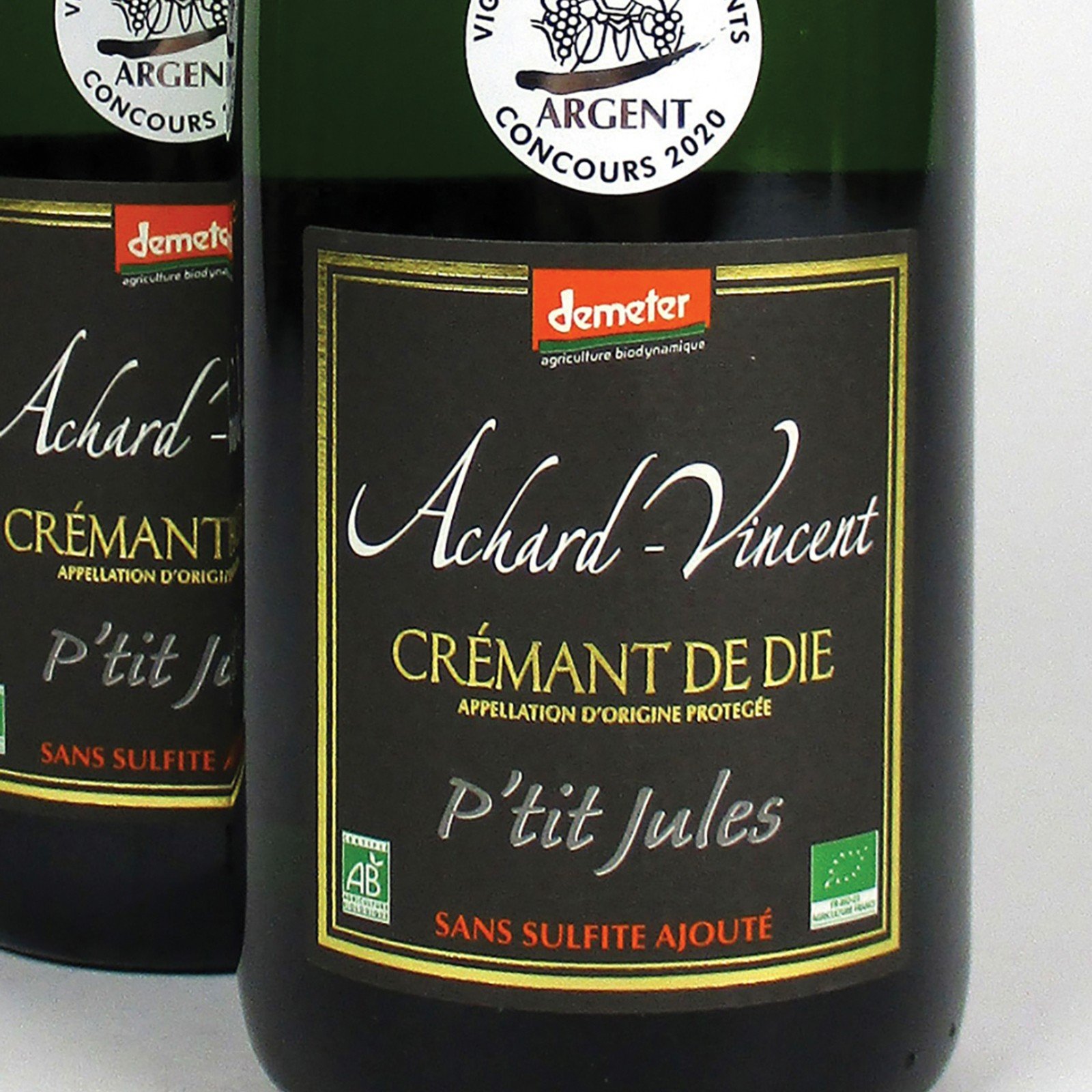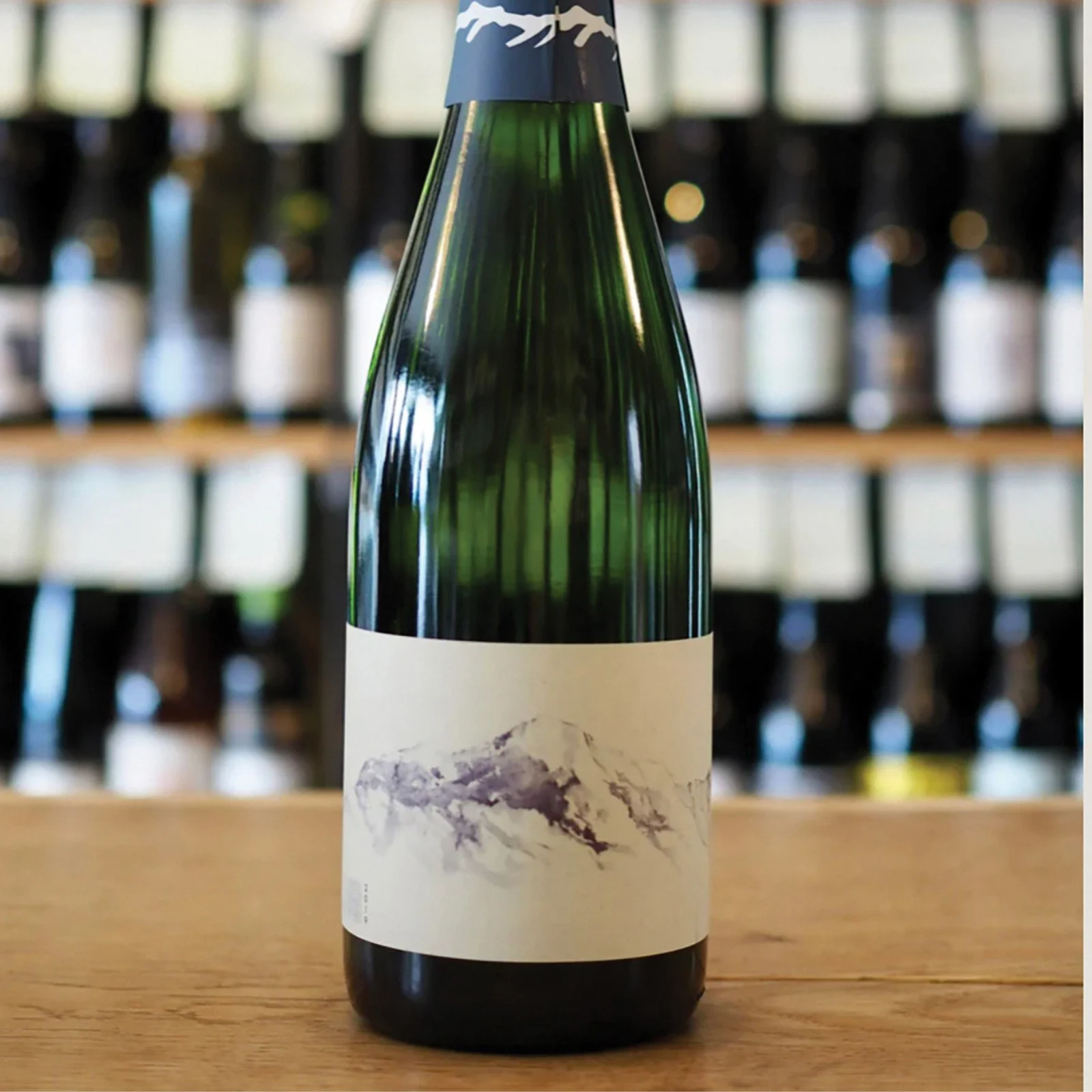Sparkling Wines of France with Roger Jones
There is no better way to celebrate the Rugby World Cup (RWC) in France than exploring the country’s array of sparkling wines – a mere 550 million bottles a year.
Eight French sparkling wine regions, with some 50 Appellations within these areas, are allowed to use the term Crémant, replacing the Méthode Champenoise term.
The regions are Alsace, Bordeaux, Burgundy, Die, Jura, Limoux, Loire and Savoie.
Alsace
Nearest RWC host: Paris
Dirler was the first sparkling producer in Alsace and made a Vin Mousseux as far back as 1880, although it was Dopff au Moulin who put this region’s sparkling wines on the map in the early 1990s.
You may not have Alsace Sparkling on your shopping list, but it is big in France, with 80% of the annual production of 32 million bottles drunk in France.
Generally, Pinot Blanc is the main grape in Alsace Crémant, with some Pinot Gris and Chardonnay used, but Riesling rarely.
Top names to look out for include Cave de Ribeauvillé, Dopff au Moulin, Jean-Claude Buecher, Domaine Joseph Cattin, Willm, Rentz and Frey-Sohler (Riesling).
Bordeaux
Nearest RWC host: Bordeaux
Not a huge producer. Both Sauvignon Blanc and Sémillon are used for the white-
based sparkling and then all the Cabernets are allowed for the sparkling Rose.
Top for me is Château Bauduc, Blanc de Blancs 2019, Crémant de Bordeaux, made by Englishman Gavin Quinney, where I was recently invited to cook for 150 guests at his chateau.
“Our Crémant comes entirely from a hectare of Sémillon vines that we planted in 2004. The density is 5,550 vines to the hectare, from which we always get a decent yield. That’s helpful as we’re not looking for too much concentration and we need a lighter, more acidic juice for the base wine,” says Gavin.
“It’s handpicked into stackable crates, and the boxes taken to the winery 300 metres away, where the bunches are tipped into the pneumatic press. After light whole bunch pressing, we settle the juice and then cool ferment it in a single stainless steel vat.
“A few months later we add the yeast and sugar before the second fermentation in bottle. This takes place in limestone cellars about five miles from us near
Haux, the next-door village. There they do the ageing and riddling, and the disgorgement some 24 months after the bottling. We add a light dosage of 8g/litre and the alcohol is 11%. “
Burgundy
Nearest RWC host: Lyon
Some 20 million bottles of Crémant Bourgogne are produced, generally made from the Chardonnay grape, with Pinot Noir used for the Rosé.
Top names include André Delorme (Rully), especially its Crémant Rosé.
Die
Nearest RWC host: Lyon
This is in the eastern Rhone area, and, as with Limoux also has two styles of sparkling – Crémant de Die made from mainly Clairette grapes, and Methode Dioise Ancestrale, a sweeter, lower alcohol style that ferments in the bottle.
Look out for Crémant de Die, Domaine Achard-Vincent Brut, made from Clairette, Muscat and Aligoté grapes.
Jura
Nearest RWC host: Lyon
Located between Burgundy and Switzerland, this cool climate region is famous for making Vin Jaune; white wines not dissimilar to sherry, but its Crémant du Jura are generally made from Chardonnay grape and are excellent.
Top names include Domaine Désiré Petit. Try its Blanc des Blancs.
Limoux
Nearest RWC host: Toulouse
Slightly complicated here as there are two distinct styles – the Crémant de Limoux made from Chardonnay and Chenin Blanc and the Blanquette Methode Ancestrale, a luscious, sweet wine not dissimilar to Asti.
Try any of Gérard Bertrand’s Crémant de Limoux. A nice World Cup link here, as Gérard Bertrand played top-class rugby for Narbonne and Stade Francais, before building up one of France’s most respected biodynamic wine estates.
Loire
Nearest RWC host: Nantes
Dominated by the Chenin Blanc grape, and to complicate things there are six different mini appellations: Crémant de Loire, Anjou, Montlouis-sur-Loire, Saumur, Touraine and Samur.
My highlight here is the Crémant Samur, as predominantly the grapes are Chardonnay not Chenin and they sell over 16.5 million bottles a year with over 50% exported.
Top names include Bouvet-Ladubay, with some brands just trading under the Bouvet name, such as Bouvet Saphir Saumur Brut Blanc.
Savoie
Nearest RWC host: Lyon
Relatively new on the scene, this Alpine region was recognised as a Crémant in 2015, despite a long history in making sparkling wine. Using the native Jacquere and Altesse varieties, which thrive well in the higher altitude. Chardonnay and Pinot Noir are also allowed.
Names to look out for are Domaine Belluard and André & Michel Quenard.
Champagne
Nearest RWC host: Paris
Of course, we cannot leave out the finest bubbles of them all – Champagne. Last year, 326 million bottles were sold, with 187 million exported.
And if France win the Rugby World Cup, it will be champagne flowing down the Seine.
Whether it is Non Vintage, Vintage or Multi Vintage there will certainly be bargains coming up to help the celebrations.
As a passionate Welsh rugby fan, I am going for Pommery, as it is a favourite of former Wales, British & Irish Lions and Racing Metro centre Jamie Roberts.





